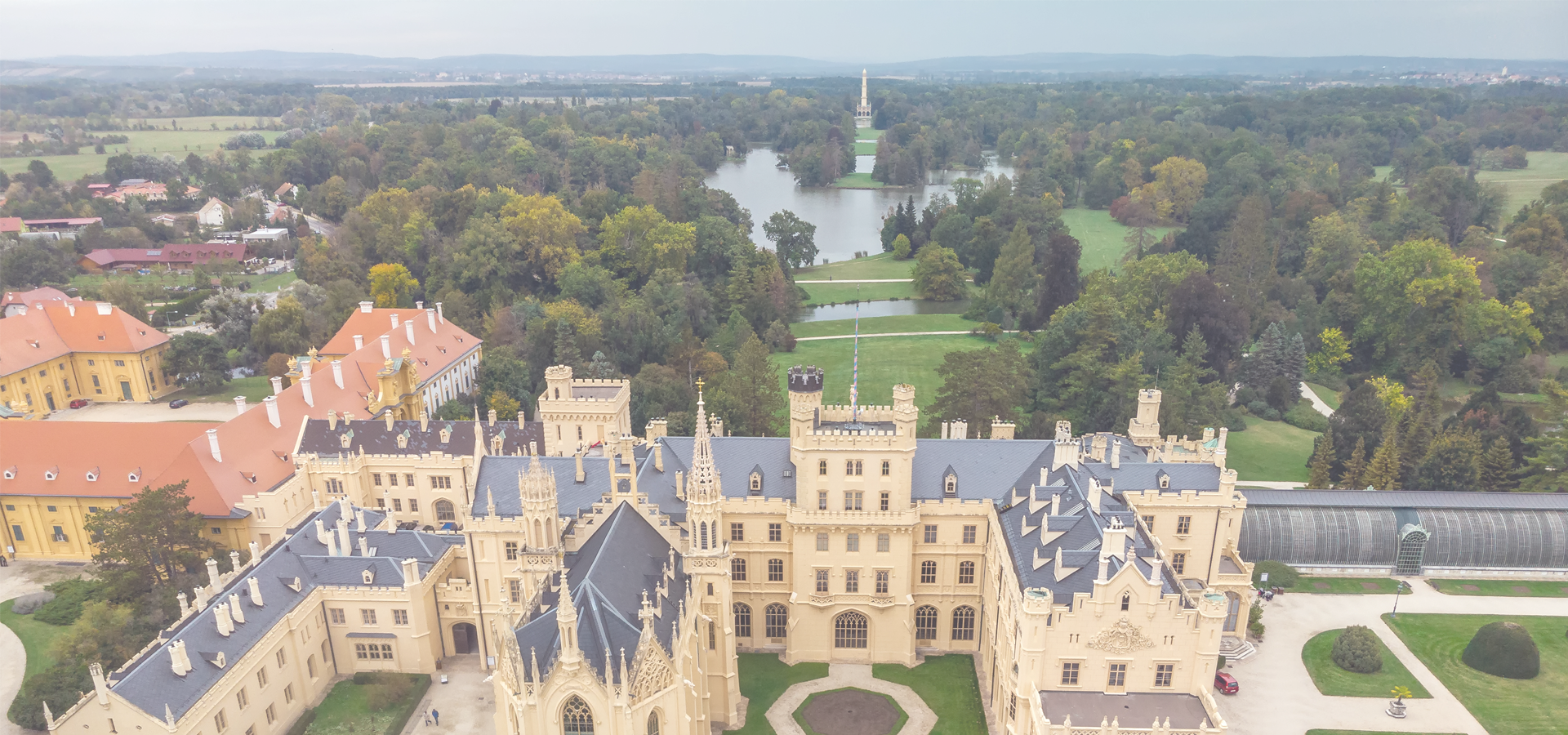Ivančice, Brno-Country District, South Moravian Region, Czech Republic
🇨🇿 Ivančice (Eibenschütz, אייבעשיץ) is a town in Brno-Country District in the South Moravian Region of the Czech Republic. The historic town centre is well preserved and is protected by law as an urban monument zone.
Administrative parts Villages of Alexovice, Budkovice, Hrubšice, Letkovice, Němčice and Řeznovice are administrative parts of Ivančice.
Geography Ivančice is located about 18 km (11 mi) south-west of Brno. It lies in the Boskovice Furrow at the confluence of the Oslava, Jihlava and Rokytná rivers. The highest point is at 409 m (1,342 ft) above sea level.
History The first written mention of Ivančice is from 1212. In 1288, it became a royal town of King Wenceslaus II. In 1304, the town was burned down by the Cumans. In 1424–1435, the town was occupied by the Hussites. Ivančice ceased to be a royal town in 1486, when it was acquired by the Pernštejn family and later by the Lords of Lipá.
In the 16th century, Ivančice became the centre of Moravian education thanks to the Unity of the Brethren. The town prospered until the Thirty Years' War, when it was looted by the troops of Gabriel Bethlen and later occupied by the Swedish army. The war was followed by a plague epidemic and many houses remained desolate. However, the town slowly managed to recover.
Jewish community A Jewish ghetto was established maybe already in the 13th century, and was one of the oldest and most important in Moravia. The first written mention of the community is from 1454, when the refugees from Brno came here. The community was placed outside the town proper. Later it was moved inside the town walls but administered as an independent municipality, with its own Jewish mayor.
The reign of King Ferdinand I in the early 16th century placed economic restrictions on the Jews of Ivančice. The Counter Reformation and the Thirty Years' War reduced the number of Protestants living in Ivančice, and at the same time, the Jewish community grew thanks to the arrival of refugees from Bohemia. This growth resulted in an edict issued in 1650 forbidding any Jews to inhabit Moravia who had not resided there before 1618. A formal Jewish community was established during the 17th century.
The Jewish population was at its peak in 1835, when there lived 877 Jews. In the first half of the 19th century, the community formed around 25% of the town's population. After the revolution in 1848, Jews gained full civil rights. Between 1849 and 1919, there was a self-governing Jewish political community in Ivančice. After the proclamation of an independent Czechoslovakia and the end of the World War I, it was merged with the Christian rest of the town, however, the community continued its activities. The community disappeared as a result of the Holocaust during World War II.
Sights The landmark of the central town square is the Church of the Assumption of the Virgin Mary. It is a Gothic building with a prismatic tower. In the middle of the square is Marian column from 1726 and a fountain with a statue of Saint Florian.
The Renaissance building of the Old Town Hall from 1544 houses a museum with Monument of Alphonse Mucha, who was born right here. The museum also has an exhibition on life and work of actor Vladimír Menšík, another famous native. The former residence of Lords of Lipá is another sight of the town square. Today it serves as a town hall.
The Church of Saints Peter and Paul in Řeznovice is the most valuable monument of the town. It is a Romanesque structure from the first half of the 12th century.
The Jewish Quarter has an area of 2.75 hectares (7 acres) and consisted of 83 houses, out of which 45 are preserved to this day. The synagogue was built in the Empire style in 1851–1853. It replaced an old synagogue first mentioned in 1613. The synagogue served its purpose until 1942. After the World War II, it was used as a warehouse, and today it is converted into a library and cultural centre.
In Ivančice is a large Jewish cemetery with Gothic and Renaissance tombs. It is the third oldest Jewish cemetery in the country. It was probably founded in the second half of the 15th century. The oldest preserved tombstone comes from 1548, 1552 or 1580. There is also the ceremonial hall built in 1902–1903. It contains a small museum exhibition on the history and monuments of the local Jewish community.
A technical monument is the railway viaduct over the Jihlava River from 1870, which is 42 m (138 ft) high.
Lednice, South Moravian Region, Czech Republic

Ivančice has a population of over 9,900 people. Ivančice also forms part of the wider Brno-Country District which has a population of over 222,370 people. Ivančice is situated 18 km south-west of Brno.
Twin Towns, Sister Cities Ivančice has links with:
🇸🇮 Radovljica, Slovenia 🇸🇰 Sládkovičovo, Slovak Republic 🇫🇷 Soyaux, France 🇸🇰 Stupava, Slovak Republic🇫🇷 Sarreguemines 49.114
🇸🇰 Považská Bystrica 49.116
🇨🇿 Jindřichův Hradec 49.133
🇩🇪 Südwestpfalz 49.14
🇺🇦 Zvenyhorodka 49.1
🇩🇪 Schwäbisch Hall 49.1
🇸🇰 Liptovský Mikuláš 49.083
🇸🇰 Ružomberok 49.081
🇺🇦 Kremenchug 49.076
🇨🇿 Uherské Hradiště 49.067
Locations Near: Ivančice 16.3667,49.1
🇨🇿 Kuřim 16.517,49.283 d: 23.1
🇨🇿 Blansko 16.645,49.363 d: 35.6
🇨🇿 Znojmo 16.063,48.849 d: 35.6
🇦🇹 Mistelbach 16.567,48.567 d: 61.1
🇨🇿 Břeclav 16.867,48.75 d: 53.4
🇨🇿 Žďár nad Sázavou 15.933,49.55 d: 59.1
🇨🇿 Svitavy 16.467,49.75 d: 72.6
Antipodal to: Ivančice -163.633,-49.1
🇹🇴 Nuku'alofa -175.216,-21.136 d: 16740.7
🇵🇫 Papeete -149.566,-17.537 d: 16283.8
🇦🇸 Pago Pago -170.701,-14.279 d: 16089.7
🇼🇸 Apia -171.76,-13.833 d: 16023.6
🇺🇸 Hilo -155.089,19.725 d: 12315.4
🇺🇸 Maui -156.446,20.72 d: 12218.8
🇺🇸 Maui County -156.617,20.868 d: 12204
🇺🇸 Wailuku -156.505,20.894 d: 12200.1